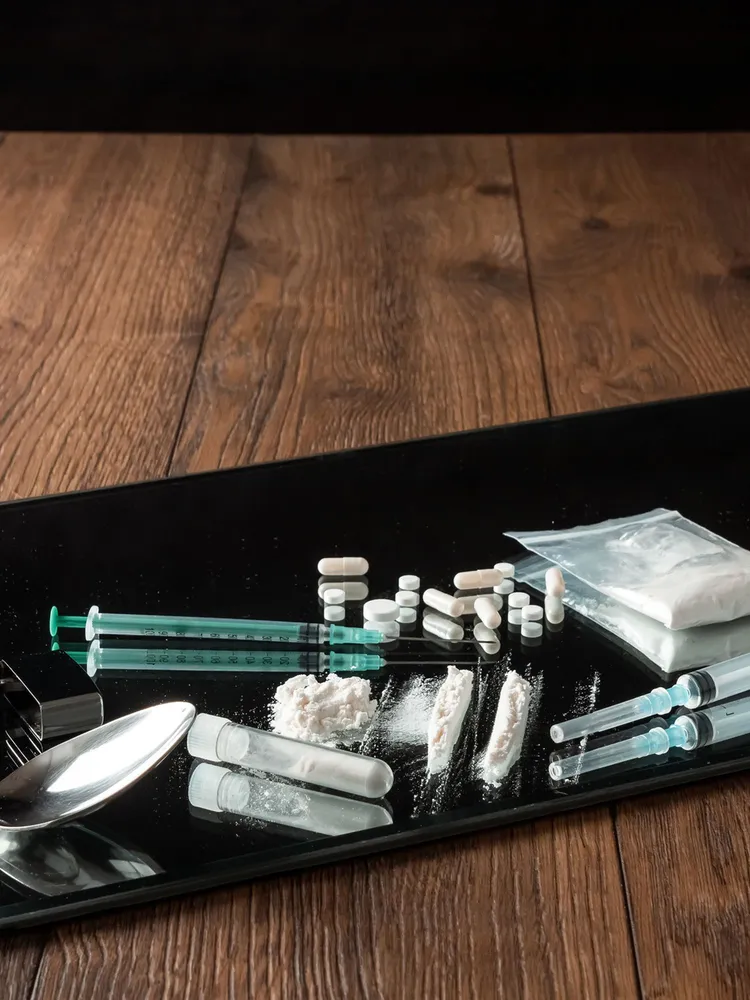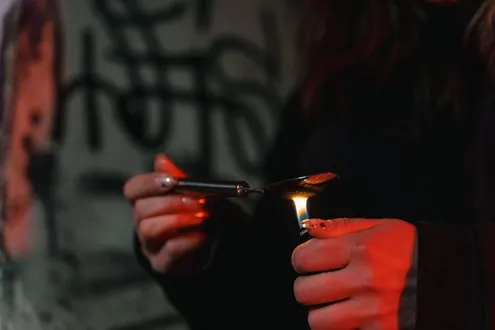With prolonged abuse, the body becomes used to the presence of crystal meth and adjusts accordingly; unable to function normally without it. If use stops, the body demands the drug by means of uncomfortable withdrawal symptoms. Withdrawal symptoms can kick in from as little as two hours after last use and can last for weeks.
The first step on the road to overcoming crystal meth addiction is detox. This essential process tackles the physical addiction by removing all traces of the drug from the body before moving on to address an addict’s psychological dependence.
Withdrawal from crystal meth can be unpleasant and potentially, perilous. While detox is unavoidable, some of its most distressing symptoms can be alleviated with medical monitoring and around-the-clock care.
The symptoms and duration of withdrawal are different for each individual but are generally more severe in line with frequency and quantity of use.

Addiction has a profound effect on your life and the lives of those around you. Without treatment, your condition will deteriorate.
As your body becomes less responsive to the effects of crystal meth, you’ll need to consume greater quantities to chase the high. The more you consume, the greater the risk to health and the likelihood of an overdose situation.
It’s important to seek help as soon as possible. Detox is the first, essential step on the road to recovery. The purpose of detox is to remove all traces of crystal meth from your system while controlling withdrawal symptoms. The psychological complications of addiction cannot be explored until the physical dependence has been addressed. Being physically free from crystal meth allows for clarity during ongoing psychotherapeutic rehabilitation.
Heavy crystal meth use alters how the brain functions. When withdrawing from the drug, the brain and body have to recalibrate to be able to function without it. The resulting sensations are often intensely uncomfortable.
Crystal meth addiction is difficult to overcome. It’s a complex problem and treatment requires a high level of personalised care.
While detox addresses the physical dependency, it’s not sufficient alone to address the accompanying psychological addiction.
Following detox, various therapies can be integrated into a comprehensive treatment plan to address the thoughts and behaviours surrounding crystal meth use and addiction. This type of holistic approach offers a greater chance of successful recovery.

The detox process is different for every individual. From patterns of use to mental health, there are a number of factors that will influence how detox and withdrawal pan out.
Withdrawal symptoms associated with crystal meth addiction can be intense and, in some cases, potentially dangerous. A medically-monitored detox is the safest way to kickstart treatment.
Withdrawal can start from as little as a couple of hours after last use and some symptoms may persist for multiple weeks. The worst withdrawal symptoms should typically be over after a month. Acute withdrawal tends to peak at around day two or three and generally dissipates thereafter.
Some psychological symptoms can linger for several weeks. In rarer cases, protracted withdrawal can occur.


